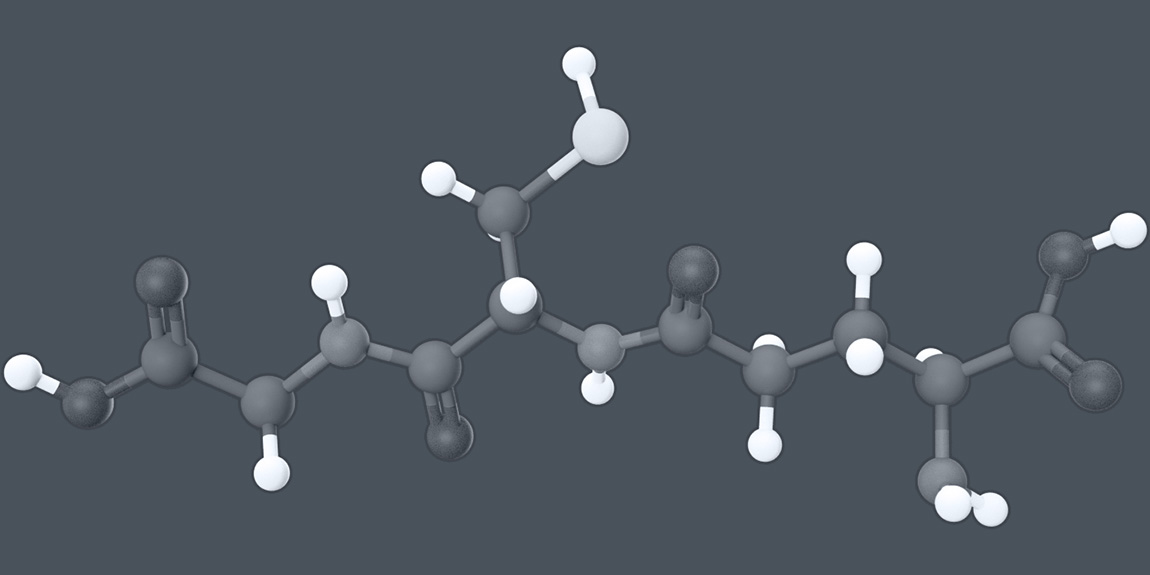
Glutathione is a powerful antioxidant found in every cell of humans, animals, plants, fungi, some bacteria and archaea. Glutathione is a tripeptide made from amino acids glycine, cysteine, and glutamic acid.
Glutathione is main master-antioxidant, which is capable to prevent damage to important cellular components caused by reactive oxygen species (ROS) – free radicals, peroxides, lipid peroxides, and heavy metals.
Glutathione reacts with various electrophiles, physiological metabolites (estrogen, leukotrienes, melanins, prostaglandins, etc.), and xenobiotics (acetaminophen and bromobenzene) to form mercapturates.
Glutathione conjugates with nitric oxide (NO) to form an S-nitroso-glutathione adduct, then cleaved by the thioredoxin system and release glutathione and NO. Both, NO and glutathione, are necessary for the hepatic action of insulin-sensitizing agents, and play critical role in regulating lipid, glucose, and amino acid utilization.
Glutathione serves as a substrate for formaldehyde dehydrogenase, which neutralizes carcinogen formaldehyde by converting formaldehyde and glutathione to S-formyl-glutathione.
Glutathione is required for the conversion of metabolite of arachidonic acid, prostaglandin H2, into prostaglandins D2 and E2.
Glutathione serves numerous vital functions in living species – proliferation of cells, lymphocytes and intestinal epithelial cells; spermatogenesis and sperm maturation; activation of T-lymphocytes and polymorphonuclear leukocytes; cytokine production; inhibition of infections and viruses; removal of reactive oxygen/nitrogen species which playing a key role in the pathogenesis of many diseases – cancers, inflammations, seizures, Alzheimer’s and Parkinson’s diseases, sickle cell anemia, liver diseases, cystic fibrosis, HIV, AIDS, infections, heart attacks, strokes, diabetes and many more.
H – ingredient has HIGH impact on specified disease
M – ingredient has MEDIUM impact on specified disease
N – there is no data confirming the impact of the ingredient on specified disease